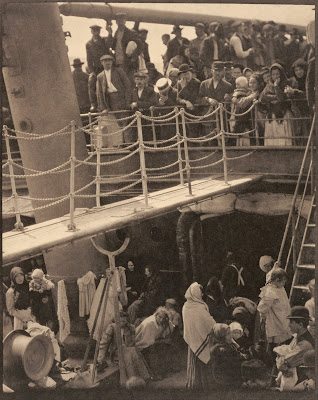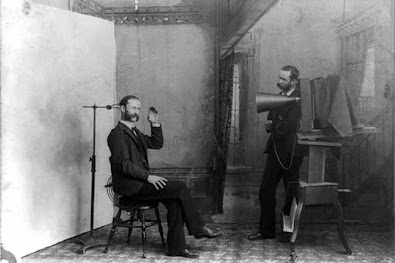Posted by Jeremy Dyer *
I have viewed this powerful, symbolic artwork in Prague, which also makes an arresting image. If asked to interpret the artwork, we might imagine it is depicting the misery of loss in some form—perhaps Alzheimers, loss of identity, or personal catastrophe.
Today it might represent alienation from society, as aspects of our literal and ideological worlds are constantly being buffeted around us. What are you busy losing? What parts of you have faded away, and how do you grieve for that? What things are gone forever and what might still be resurrected in your life? How do you mourn that which has been forgotten by you? Does it speak to your life?
Officially, though, the installation represents the personal human cost brought about by the historical evil of Communism. And today, passers-by ignore it as they go about their daily business, even as a steady trickle of tourists take selfies there.
------------------------------------------
* Jeremy Dyer is a psychologist and artist.





















